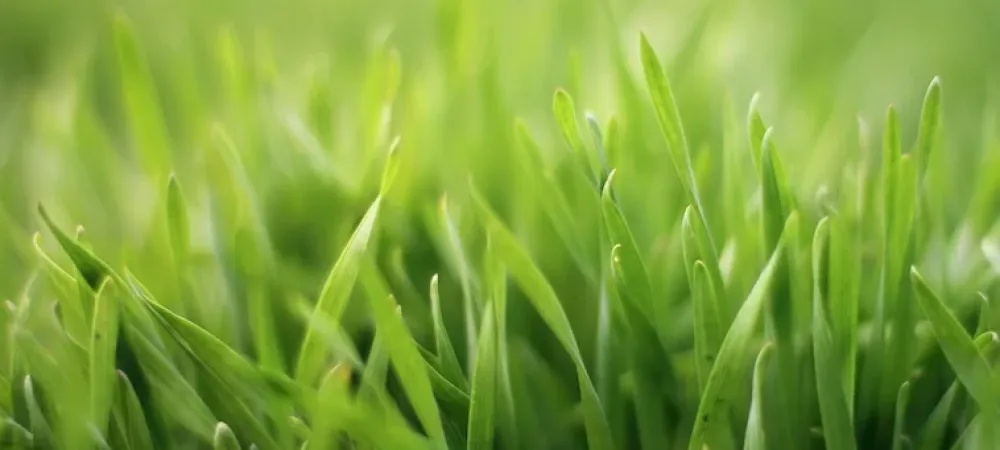Watering Strategies for North Carolina Lawns During Summer Droughts

North Carolina summers bring more than just high temperatures—they often bring extended droughts that stress out local lawns. Without proper watering practices, even the healthiest grass can turn brittle, brown, and patchy. The good news? With the right approach, you can keep your lawn thriving during dry spells while conserving water.
Understanding North Carolina’s Summer Climate
North Carolina lawns face unique challenges in the summer months:
- Hot, humid conditions: Average daytime temps soar into the 80s and 90s.
- Unpredictable rainfall: Weeks may pass without measurable rain.
- Grass type differences:
- Cool-season grasses (like tall fescue) are highly susceptible to drought stress.
- Warm-season grasses (like Bermuda, zoysia, and centipede) can tolerate more dryness but still decline under prolonged drought.
Knowing how your grass type responds helps you choose the right watering schedule.
Best Times to Water During a Drought
When you water is just as important as how much you water.
- Early morning (before 9 a.m.)
- Pros: Cooler temps, less wind, less evaporation.
- Promotes deeper soil absorption.
- Evening watering
- Cons: Lawns stay damp overnight, which encourages disease.
- Midday watering
- Cons: Most water evaporates before reaching roots.
Best practice: Water between 5–9 a.m. for maximum efficiency and lawn health.
Deep & Infrequent Watering Method
Shallow, frequent watering is a common mistake that weakens lawns. Instead, use the deep and infrequent method:
- How much? Aim for 1 inch of water per week. Use a rain gauge or a small container to measure sprinkler output.
- How deep? Water should soak 6–8 inches into the soil to reach roots.
- How often?
- Cool-season grasses (fescue): Once or twice weekly.
- Warm-season grasses (Bermuda, zoysia, centipede): Once weekly may be enough in mild drought, twice in severe heat.
This encourages deep root growth, which makes your lawn more drought-resistant over time.
Water Conservation Tips
Droughts make water efficiency even more critical. A few adjustments can make a big difference:
- Install rain barrels to capture stormwater for later use.
- Use smart irrigation timers to prevent overwatering.
- Adjust sprinkler heads so water isn’t wasted on driveways or sidewalks.
- Group plants with similar watering needs together for targeted irrigation.
Small changes save water while ensuring your lawn gets what it needs.
Signs Your Lawn Is Under-Watered
Not sure if your lawn is getting enough moisture? Watch for these signs:
- Color changes: Grass turns bluish-gray before turning brown.
- Footprint test: Walk across your lawn—if footprints stay visible, the grass is too dry.
- Growth slowdown: Grass feels brittle, with blades folding inward.
Early detection helps you correct issues before long-term damage sets in.
Long-Term Drought-Resistant Practices
Healthy lawns are naturally more resilient during drought. Consider these long-term strategies:
- Aeration: Loosens compacted soil and improves water absorption.
- Overseeding: Introduce drought-tolerant grass varieties.
- Proper mowing height:
- Fescue lawns: 3–4 inches.
- Bermuda/zoysia lawns: 1.5–2 inches. Taller grass shades the soil and reduces water loss.
- Soil health: Regular fertilization (done correctly) strengthens roots and improves drought resistance.
Final Thoughts
Drought doesn’t have to spell disaster for your lawn. By watering at the right time, using deep and infrequent watering, and adopting long-term lawn health practices, you can keep your yard lush and green all summer.
Need help with irrigation setup or drought recovery? Our team offers expert lawn care services across North Carolina. For more tips, check out our Is Your Lawn Stressed? blog or explore more about our lawn care in Charlotte and Winston-Salem pages!
